Karim Rashid is an architect and interior designer known for his avant-garde style, described by TIME magazine as “the most famous industrial designer in all the Americas.”
Rashid has created iconic designs in various fields, including furniture, consumer products, and lighting. Among his designs is the Voxel Chair, one of his notable projects that combines his bold and futuristic approach with generative design technology and additive manufacturing.
The Voxel Chair is a furniture design project that stands out for its innovative approach and the use of generative design techniques. It is composed of a three-dimensional network of small blocks called voxels, which are the three-dimensional equivalents of pixels in a digital image and serve as the basic building units in the context of the Voxel Chair.
Generative design played a crucial role in the development of this design, employing algorithms to create a structure that takes into account criteria such as ergonomics, structural strength, and aesthetics. These algorithms automatically generated multiple design options that met the established requirements.
Generative design is a methodology that utilizes algorithms and computational techniques to create and automatically generate shapes, structures, or patterns. It is based on the idea of using rules, parameters, and input data to generate creative and innovative outputs. It is clearly rooted in artificial intelligence, machine learning, and other computational approaches to explore a wide range of possibilities and generate multiple design options. Instead of a human designer manually creating every detail, generative design allows the computer system to generate a variety of possible solutions that meet certain established criteria or constraints.

The Voxel Chair by Karim Rashid
The idea behind generative design is to make the design process a collaboration between the human designer and the computer system. The designer sets the design goals and constraints, while the system uses algorithms to explore and generate potential solutions. The designer can then review and select the options generated by the system, refine them, and perfect them according to their vision and expertise.
It is based on the premise that computers can generate a multitude of potential design solutions, exploring a much broader and more complex space of possibilities than a human designer could achieve on their own. These generative algorithms operate based on rules and parameters established by the designer, using input data to generate creative and novel outputs.
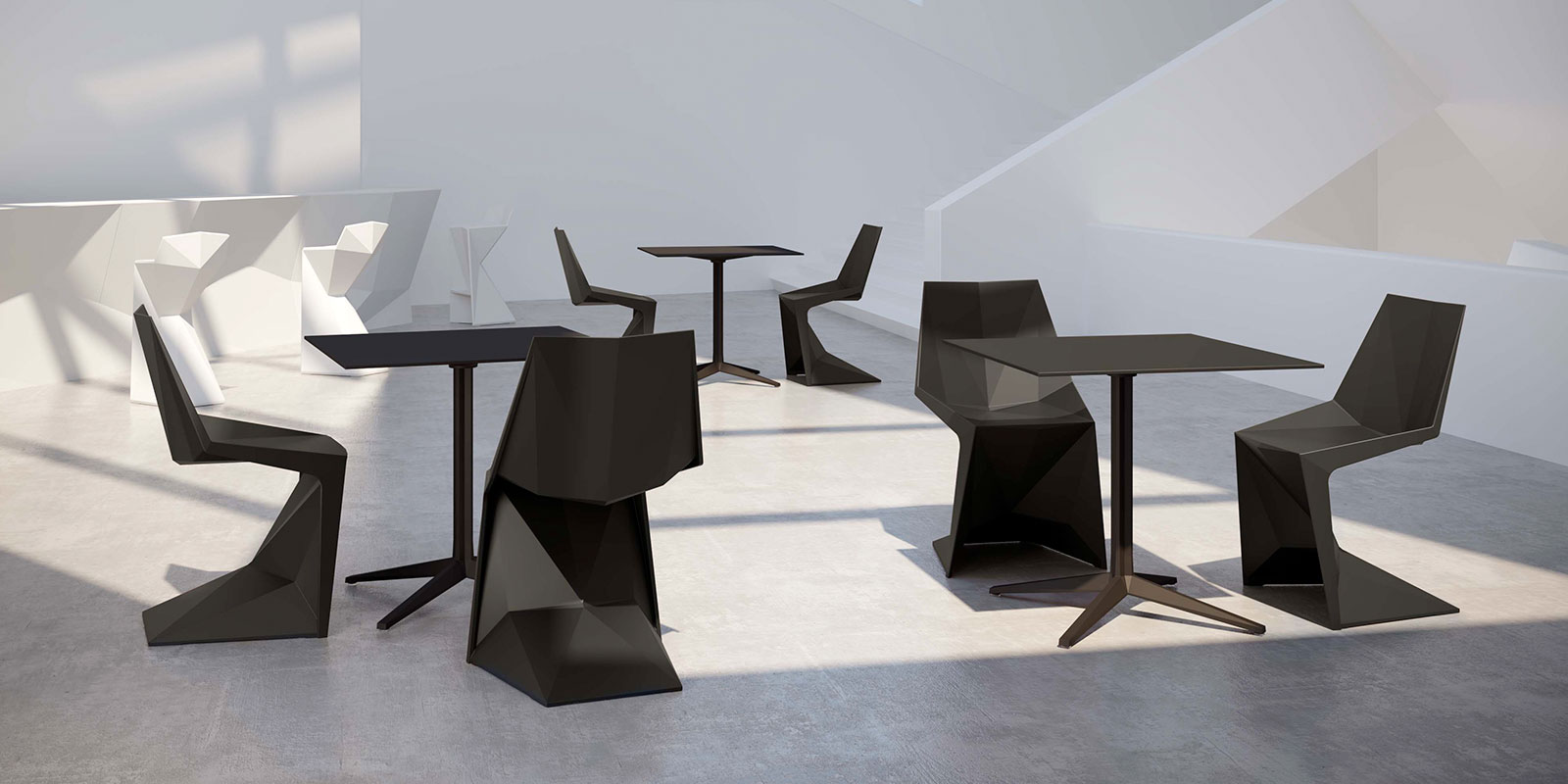
The Voxel Chair by Karim Rashid
One of the most prominent applications of generative design is found in architecture. Architects use generative algorithms to explore different design options for buildings and structures, taking into account factors such as energy efficiency, structural stability, and aesthetic requirements. These algorithms can generate a wide range of designs, enabling architects to make informed and creative decisions about the form and function of a building.
In industrial design, generative design has proven to be a powerful tool for creating innovative products. Designers can use algorithms to generate a variety of shapes and structures that meet manufacturing constraints and user needs. This allows for a user-centered approach, where products are designed with the needs and preferences of end-users in mind.
Just like in the Voxel Chair, we can find various examples of generative design in projects ranging from architecture to design, as we mentioned before.
1. Digital Grotesque: a project developed by Michael Hansmeyer and Benjamin Dillenburger, used generative design to create a complex and ornate architectural installation. Detailed architectural patterns and forms were generated through algorithms and then manufactured using large-scale 3D printing.

Digital Grotesque by Michael Hansmeyer y Benjamin Dillenburger

Digital Grotesque by Michael Hansmeyer y Benjamin Dillenburger
2. The Elbphilharmonie: This famous auditorium in Hamburg, designed by Herzog & de Meuron, used generative design in the conception of its iconic shape. Generative algorithms helped explore different configurations and geometries to find the optimal solution that would meet the acoustic and aesthetic requirements of the building.
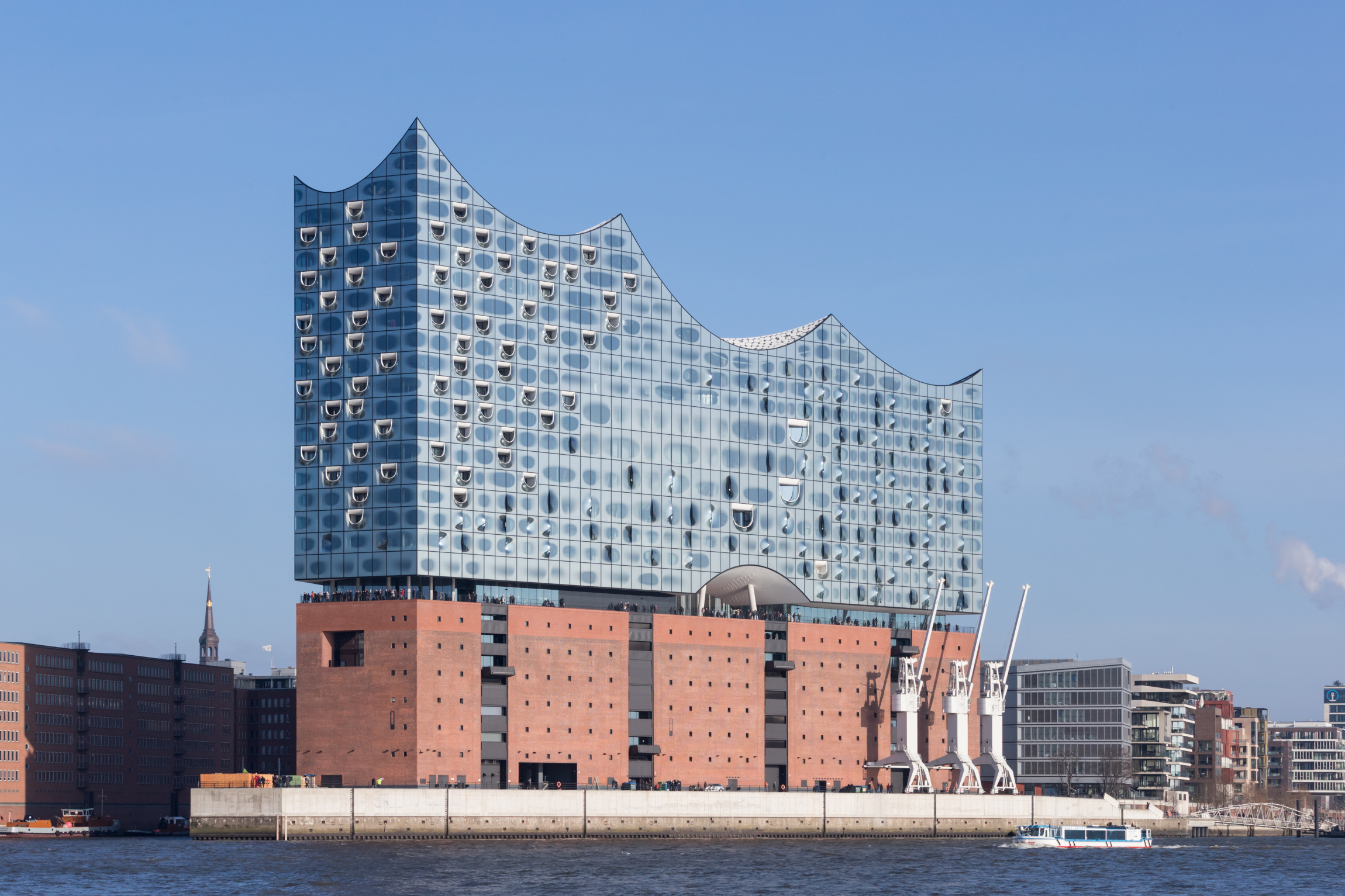
230 Elbphilharmon in Hamburg, Germany by Herzog & de Meuron Basel Ltd
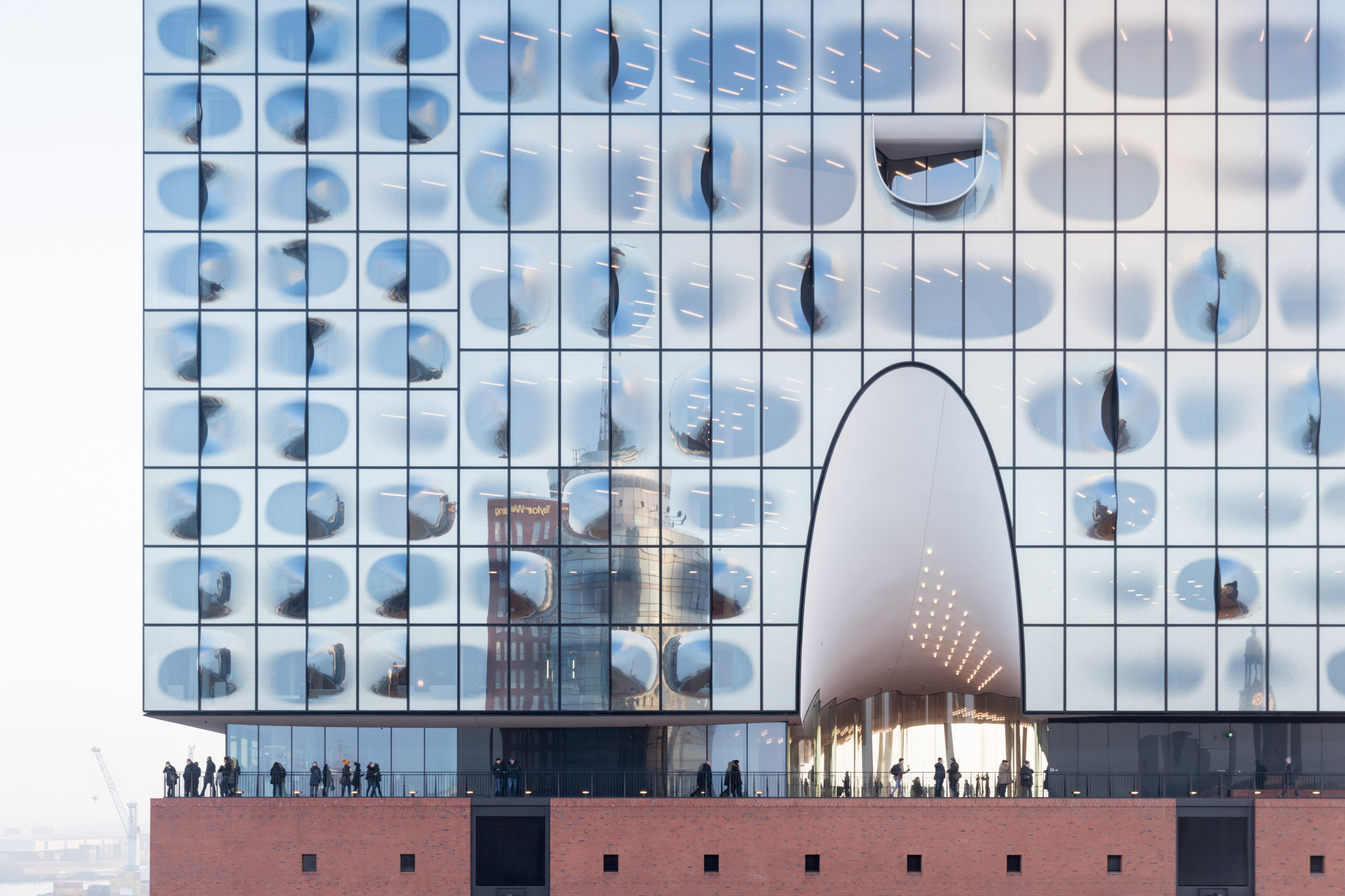
230 Elbphilharmon in Hamburg, Germany by Herzog & de Meuron Basel Ltd
3. The Museum of the Future: This project, designed by Killa Design, incorporated generative design in the creation of its facade. Algorithms were used to generate a complex and unique pattern based on traditional Arabic calligraphy. Generative design allowed for the creation of a distinctive and culturally relevant facade.
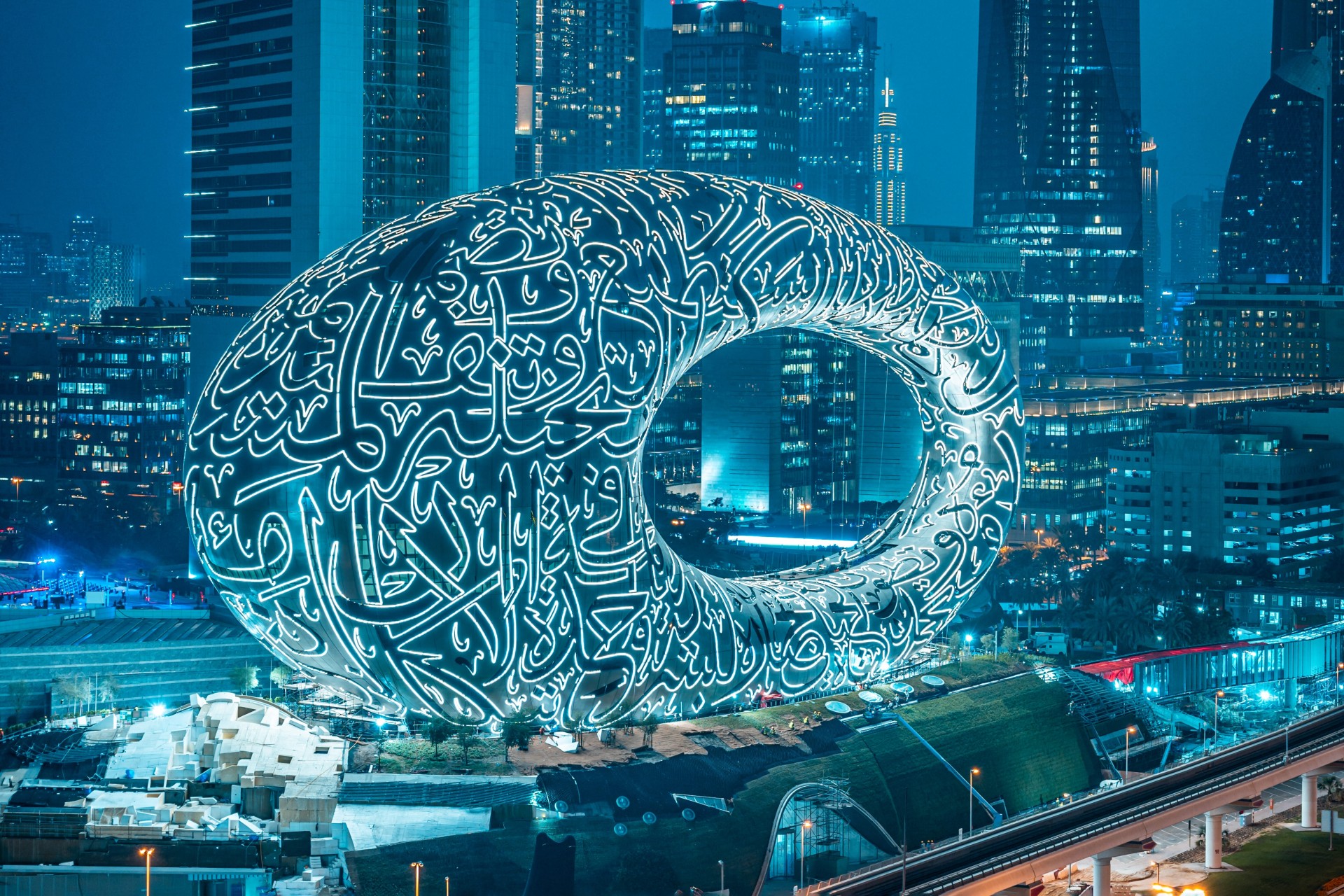
Museum of the Future, designed by Killa Design and engineered by Buro Happold
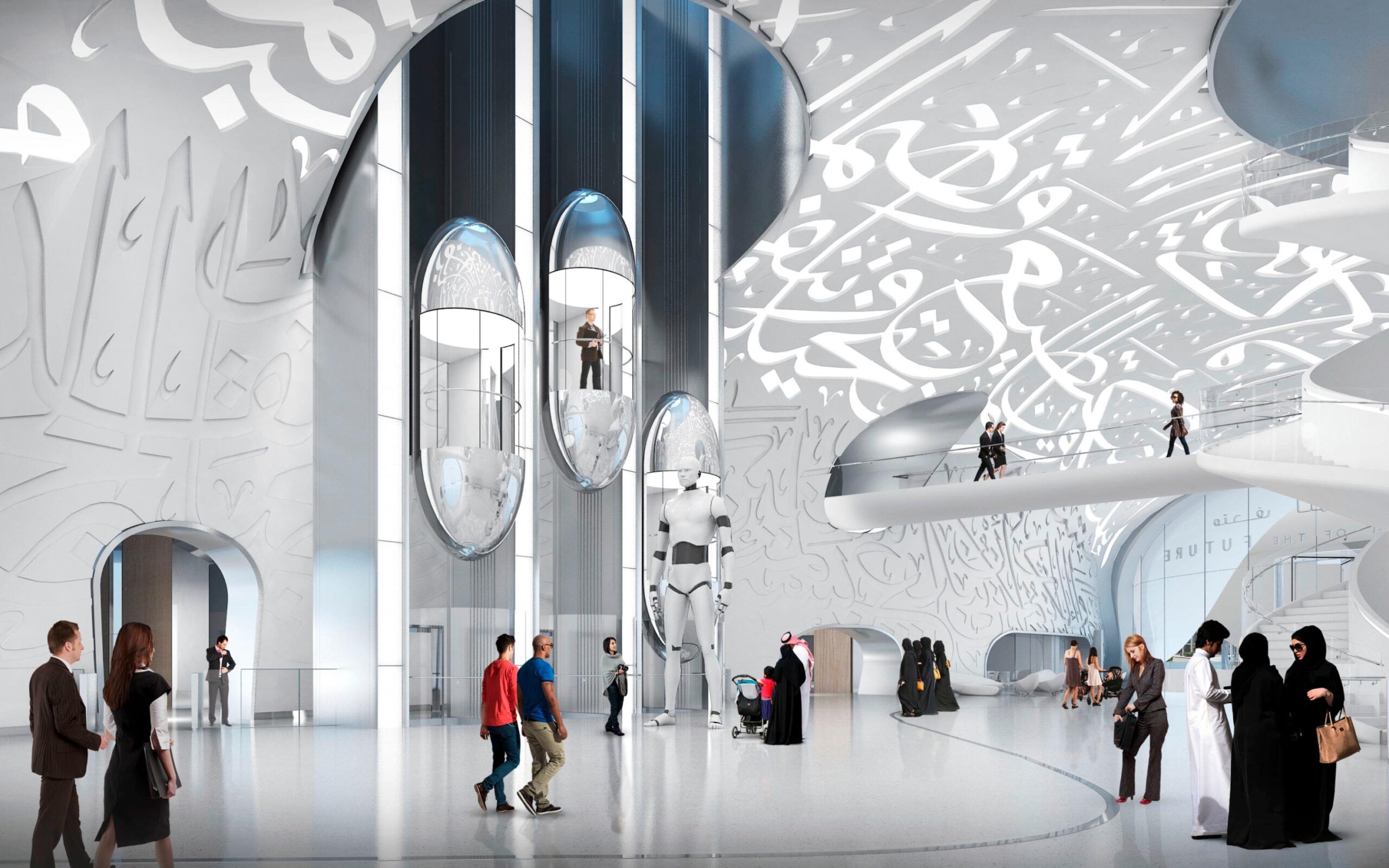
Museum of the Future, designed by Killa Design and engineered by Buro Happold
4. The Digital Origami Pavilion: This pavilion, designed by the research team at Zaha Hadid Architects, used generative design to generate a complex structure inspired by nature. Algorithms were employed to explore different shapes and geometries, resulting in a unique and organic structure.
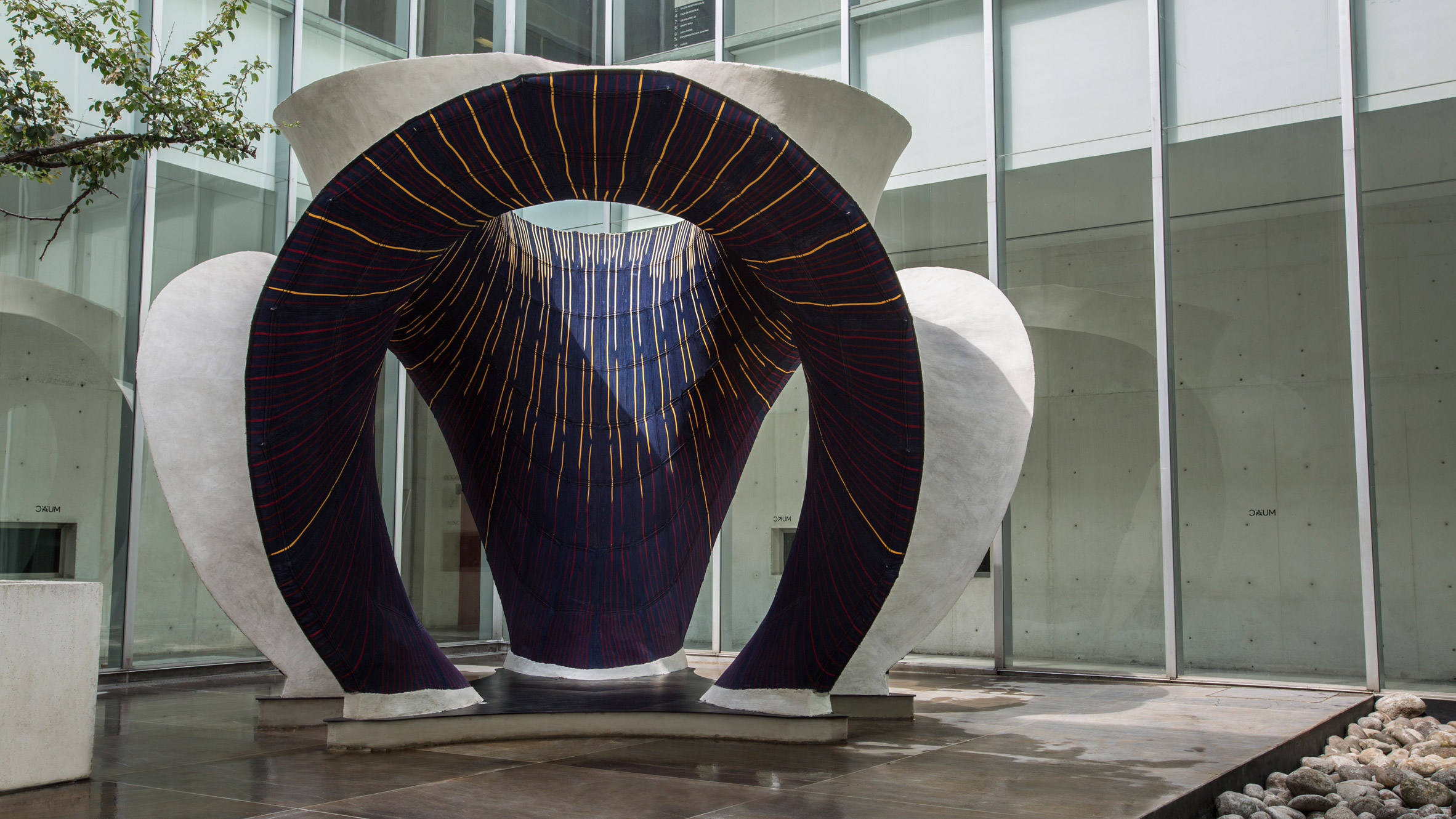
KnitCandela by Zaha Hadid Architects and ETH Zurich
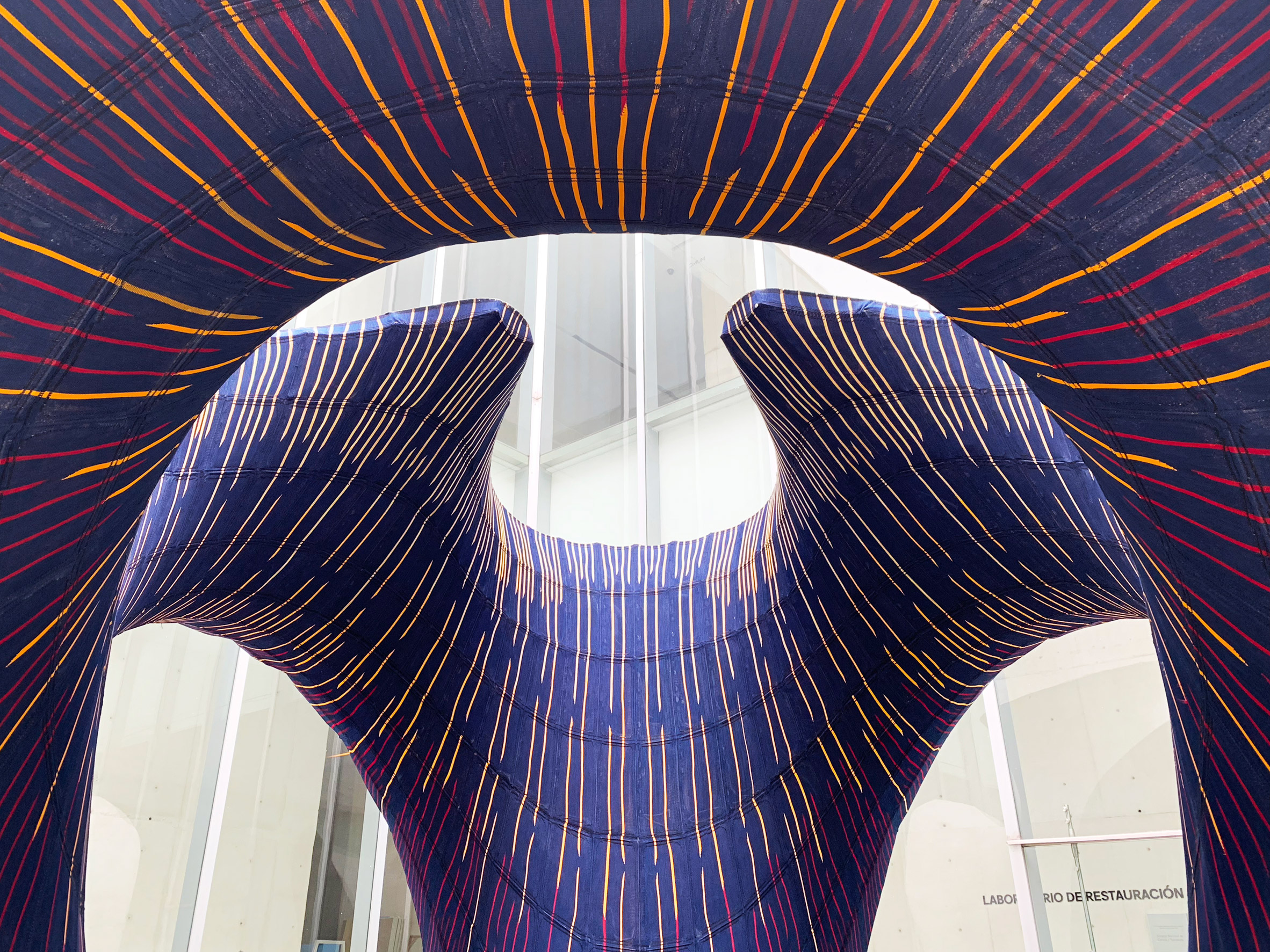
KnitCandela by Zaha Hadid Architects and ETH Zurich
Through the combination of human creativity and computational capacity, this approach has allowed architects to explore a broad spectrum of possibilities, optimizing the form, functionality, and sustainability of projects. Generative design has not only driven the creation of exceptional designs but has also transformed the way we conceive and construct our environments. As technology and design evolve, we can expect generative design to continue playing a fundamental role in architecture, opening new frontiers and challenging established conventions.




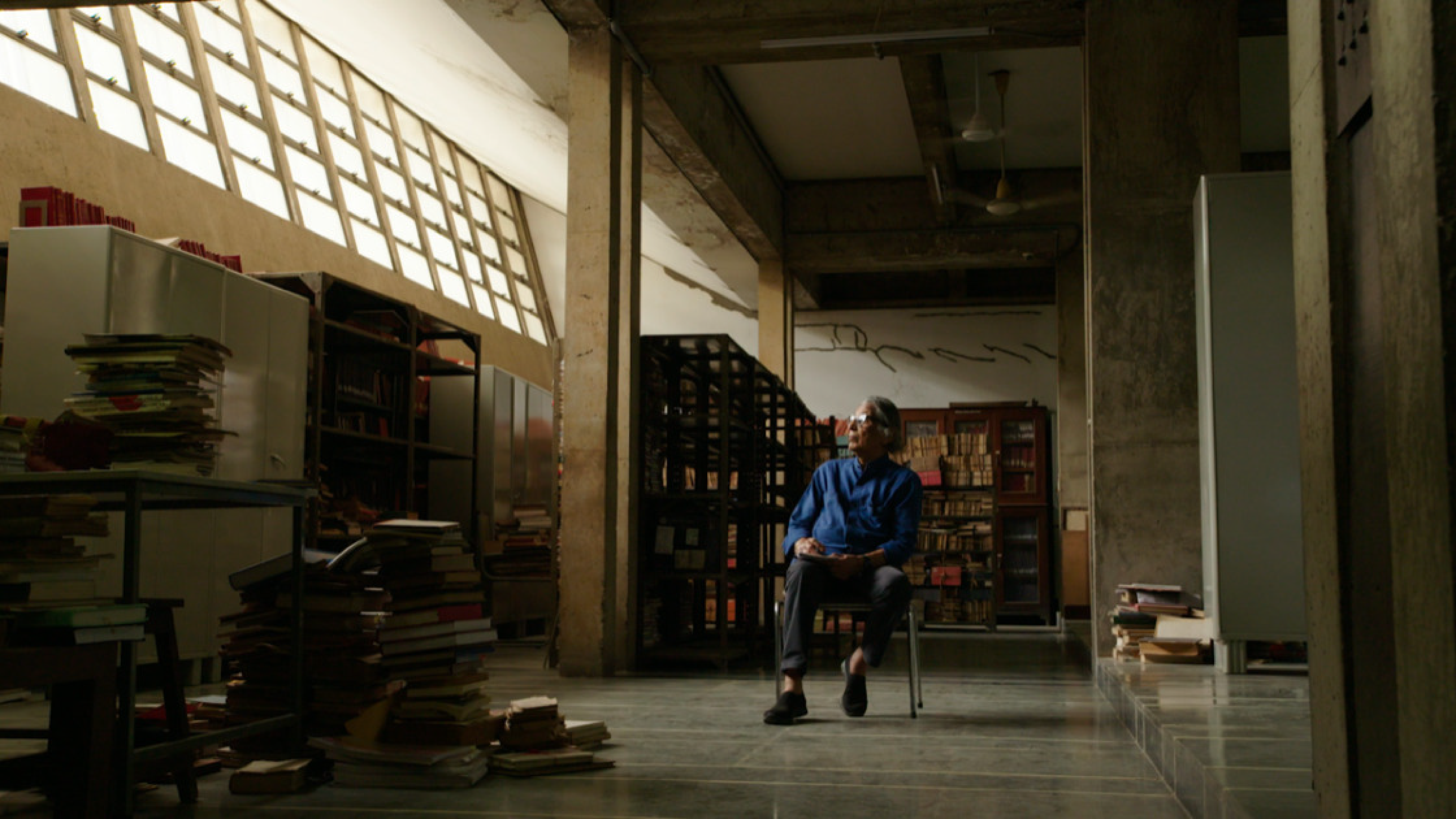

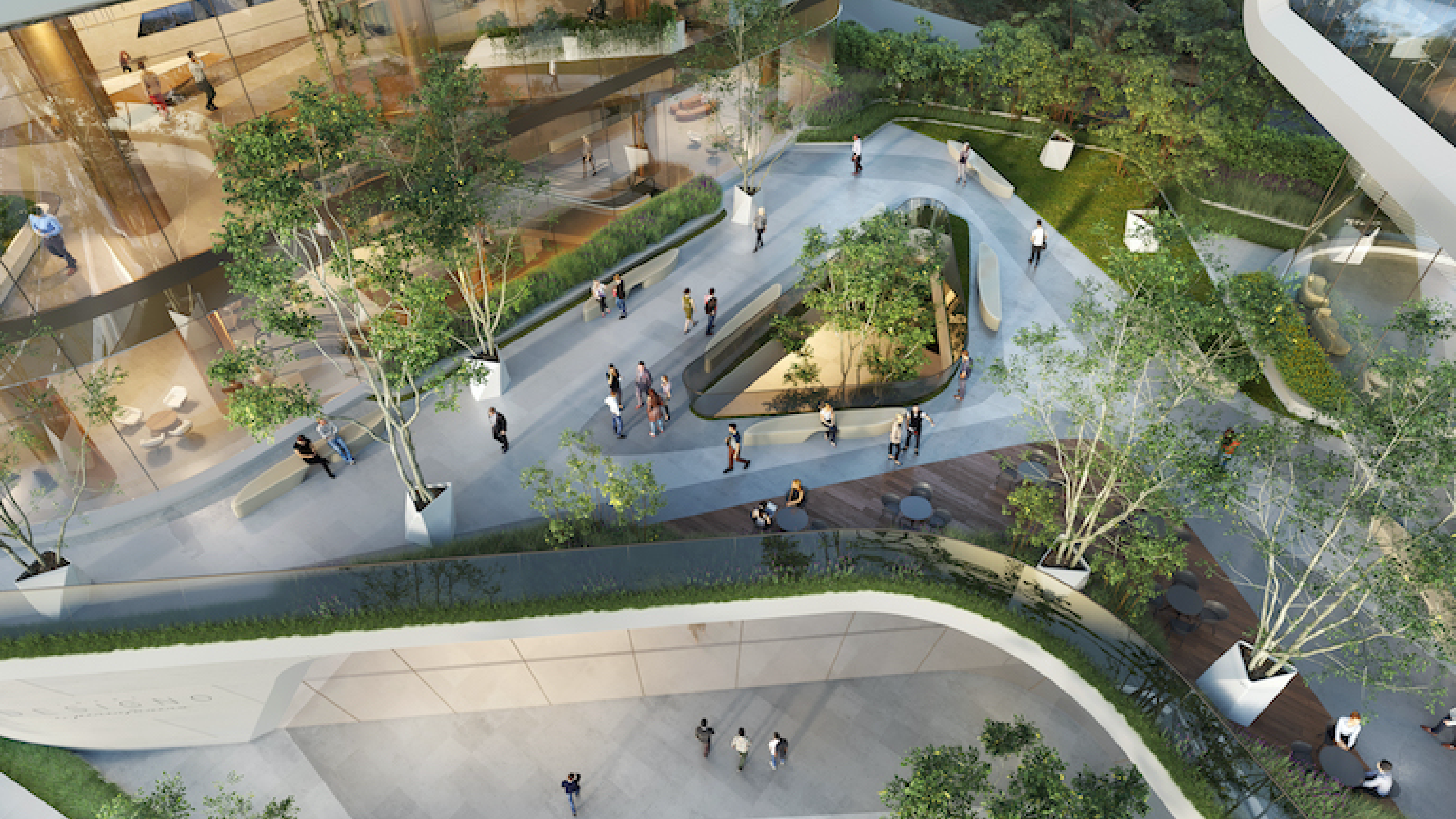
Leave A Comment